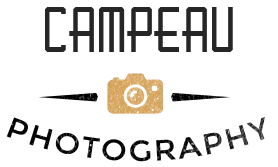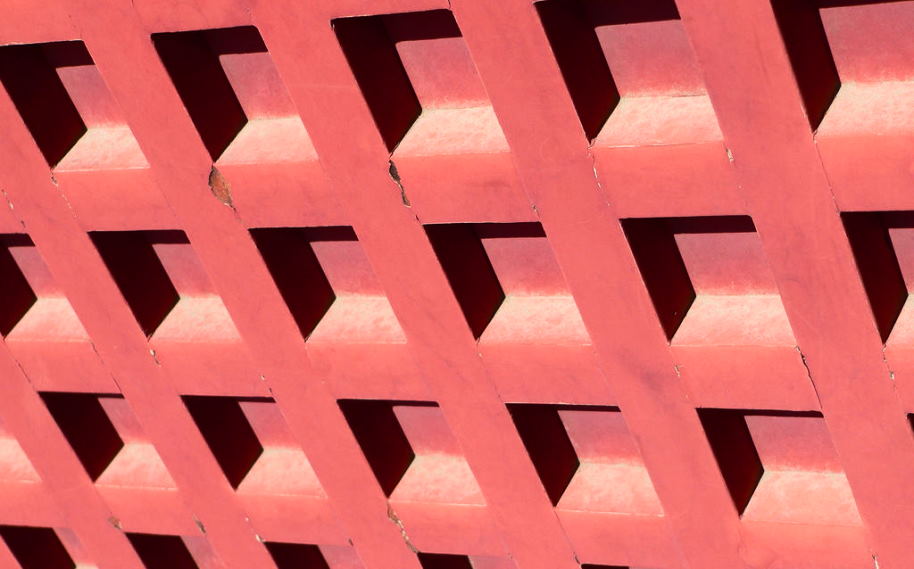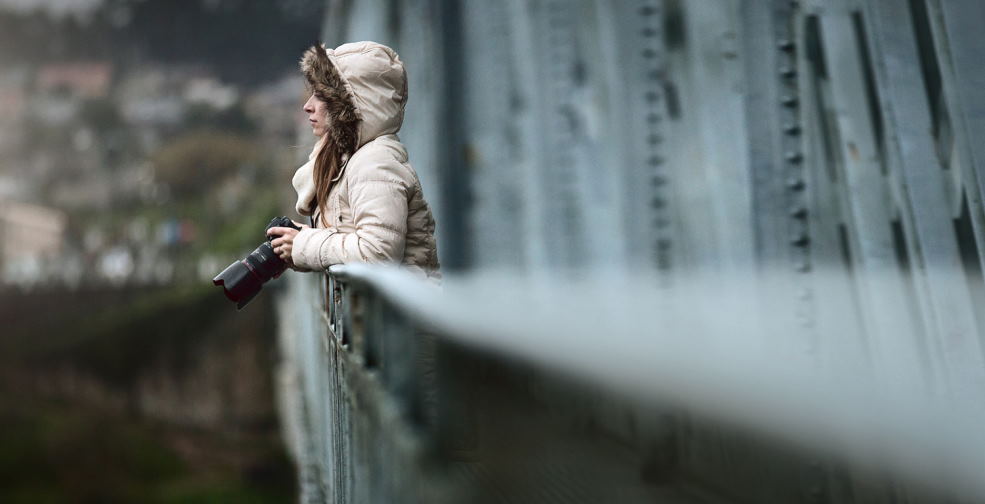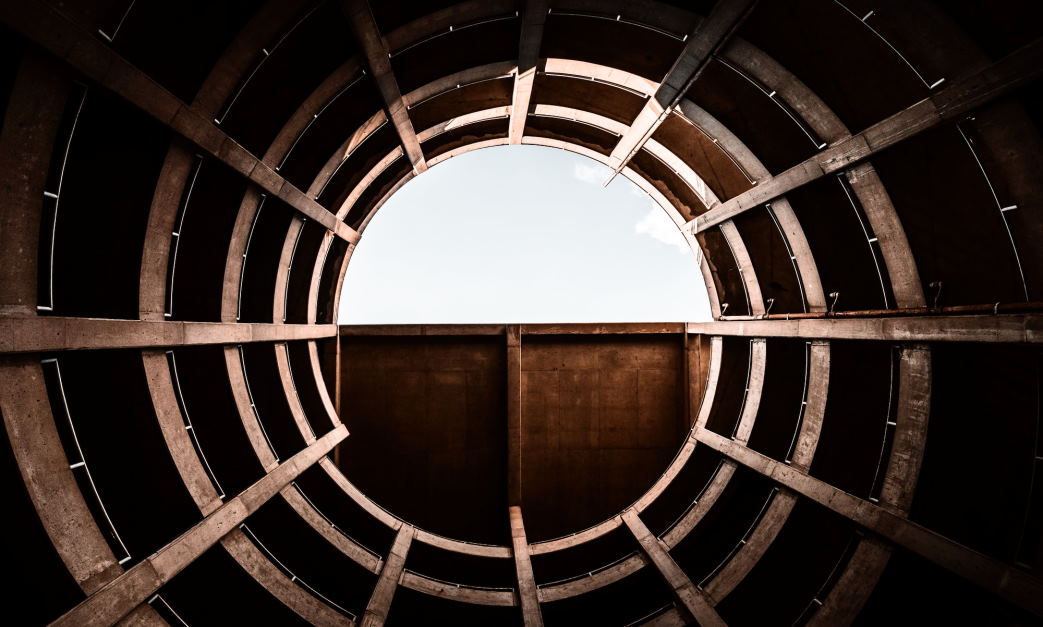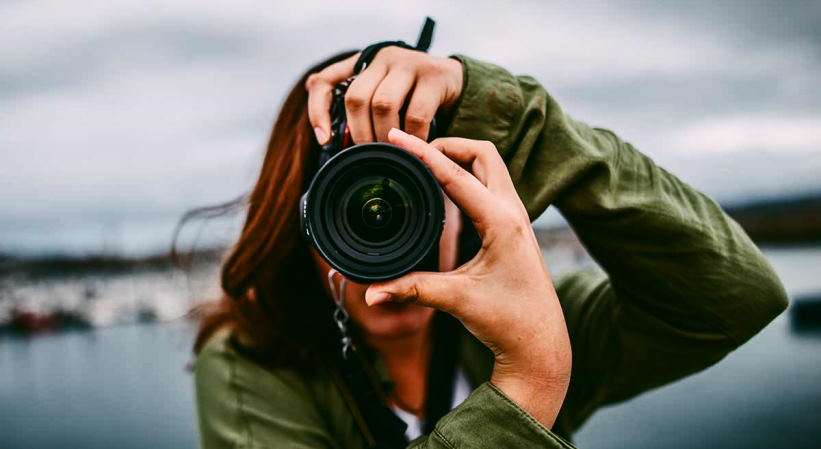Сampeau » Creative Photography » Tips For Using Patterns in Your Photography to Create Stunning Images
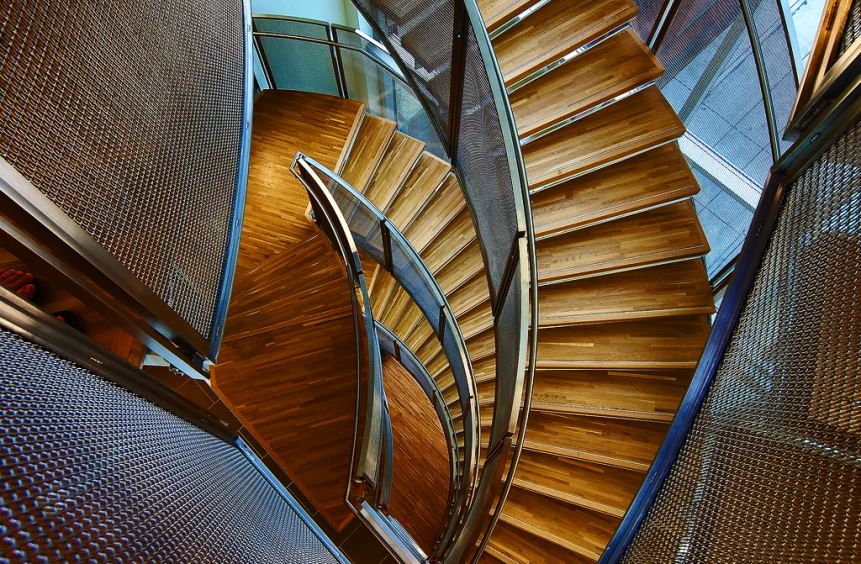
There’s nothing quite like the beauty of capturing a stunning photo that can create an experience or capture a moment forever. With today’s digital cameras, even entry-level photographers are creating amazing photos. But one surefire way to take your photography game up a level is by introducing some patterns into your composition. Pattern photography is all about using shapes, colors, and textures to create images that stand out from the crowd – and it isn’t as difficult as you may think! In this blog post, we’ll be discussing how utilizing different types of patterns in your photography can bring dynamic visual elements to your compositions and help you create visually appealing photographs with impactful results. Read on for our top tips on applying patterns to produce exquisite photographs!
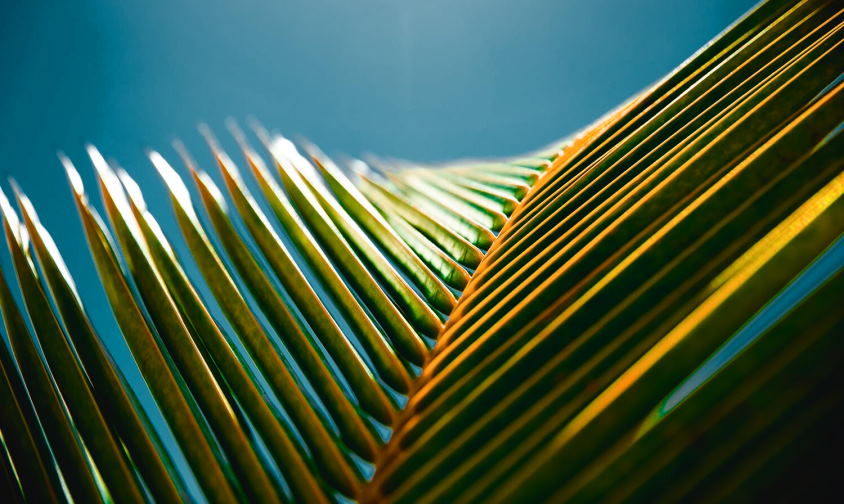
Create stunning photos using these pattern photography tips
- Choose a Simple Pattern: In photography, as in life, less is often more. You don’t have to overcomplicate your photos to get a great shot — instead, focus on creating or finding simple patterns that make for beautiful images.
- Use Symmetry and Geometry: Patterns are most easily identified when shapes are repeated in an organized manner, such as with geometric designs. When looking for patterns, try to create symmetry and geometry by lining up objects so they appear balanced and evenly spaced out from each other. This will help draw attention to the pattern you’ve created and make it stand out even more!
- Play With Contrasts: Contrasting colors can be quite effective when creating a pattern in photos. Whether it’s different hues of the same color, or contrasting colors like black and white, using contrasts to create your pattern will help draw attention to your image and make it more visually appealing.
- Experiment With Perspectives: When you find an interesting pattern, experiment with different perspectives to capture the best shot. Change up the angles and look for patterns from new viewpoints — this can often result in unexpected and creative shots that stand out!
- Don’t Forget About Texture: Textured surfaces are another great way to add interest to pattern photography. Look for textured surfaces like brick walls, wood panels, stone floors, etc., and focus on capturing the intricate details of these surfaces. This will help your photos look even more interesting and unique!
- Have Fun: Above all else, have fun with pattern photography! Experiment with different ideas and perspectives until you create something that you’re proud of — there are no rules when it comes to art, so feel free to get creative!
Picking the right pattern for your photo
You need to consider things like size, shape, color, and texture when choosing a pattern for your photo. A pattern should complement the subject of your photo and not take away from it. Additionally, you should consider the purpose of the design—will you be using it for something like a mural or poster? Different patterns will work better with different types of prints and applications.
Once you have selected a pattern that works well with your photo, think about how it will look in its final form. Will the pattern be large enough to cover an entire wall, or small enough to fit into a smaller space? If it’s too big, it might overpower your image; if it’s too small, it won’t be visible. If you are working with a limited space, consider repeating the pattern to create a larger field of interest.
Finally, consider how the pattern will work with other elements in your design. Does it add texture or color? Will it stand out from the background and draw attention to your photo? Think about how the pattern works together with other visual elements such as fonts and layout before committing to it for your final design.
The right pattern can take your images from good to great—but selecting one that fits with both your photography and use case can be tricky. With careful consideration of size, shape, color, purpose, and integration with other elements in the design, you can find the perfect pattern for your next photo project.
